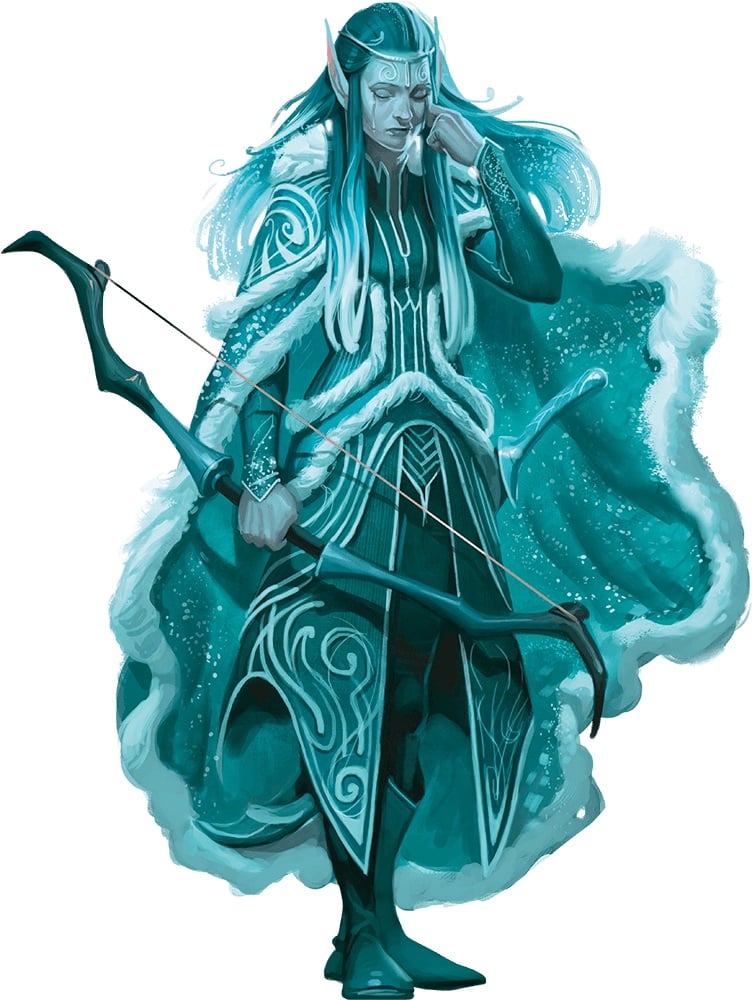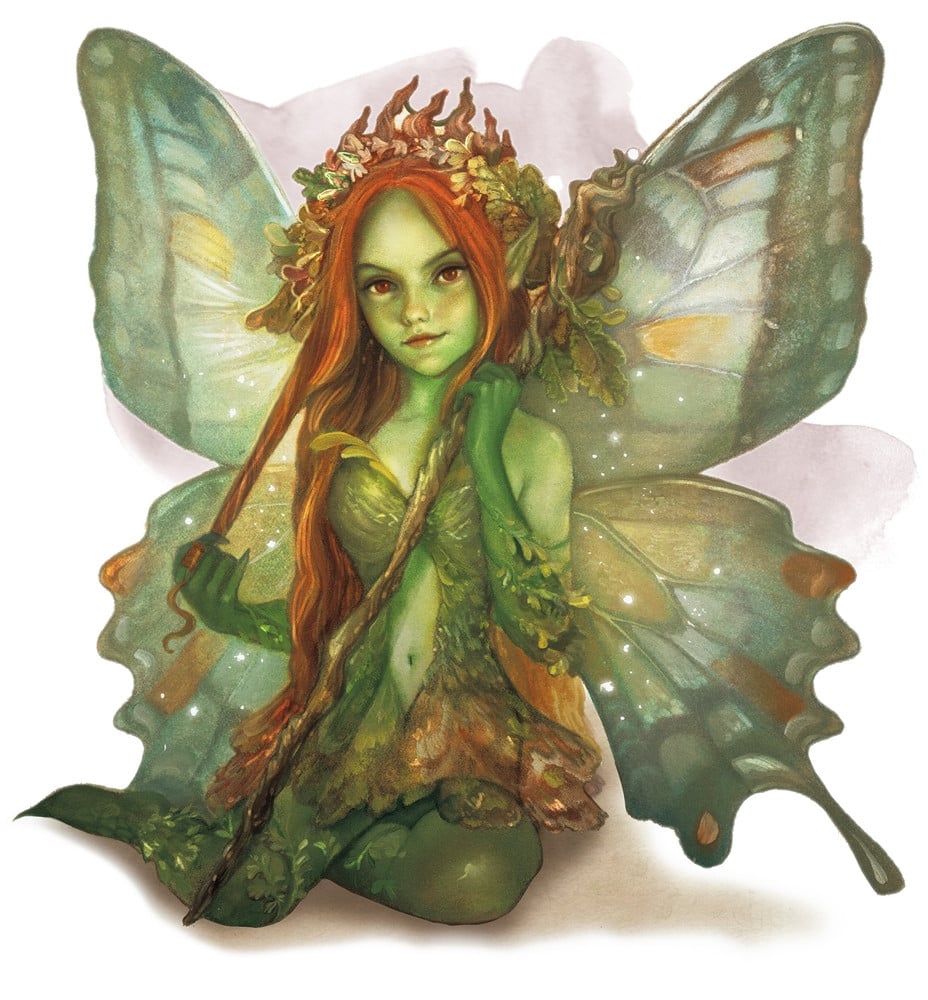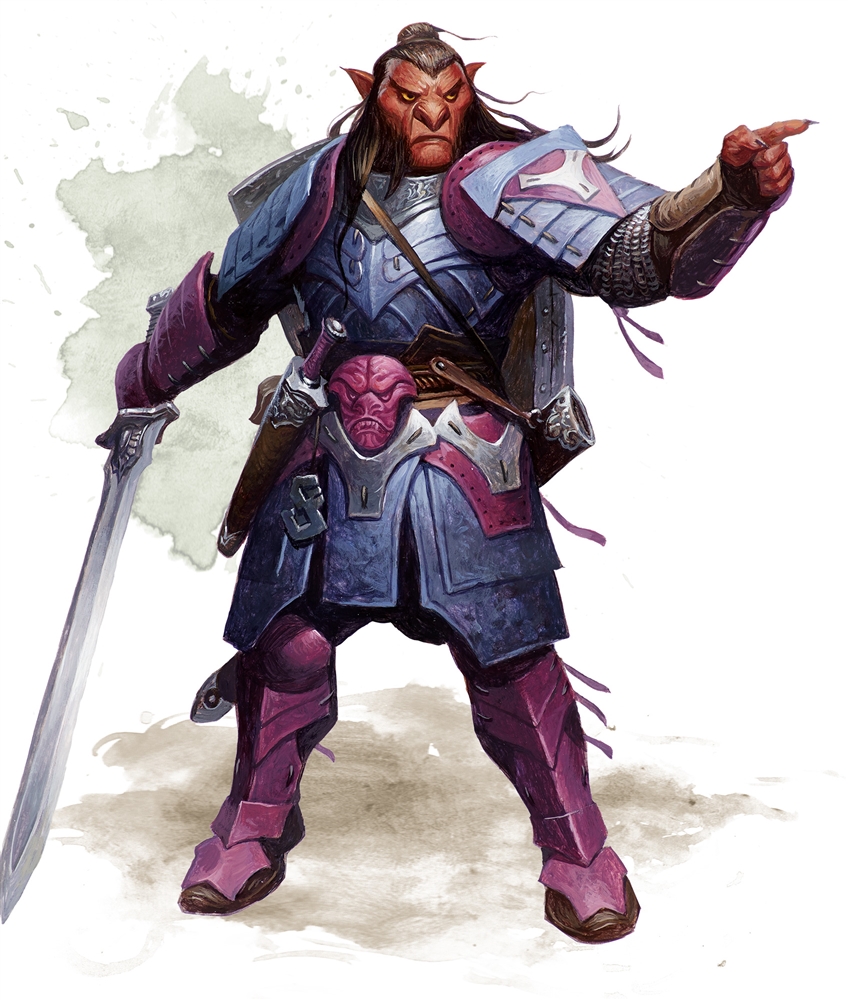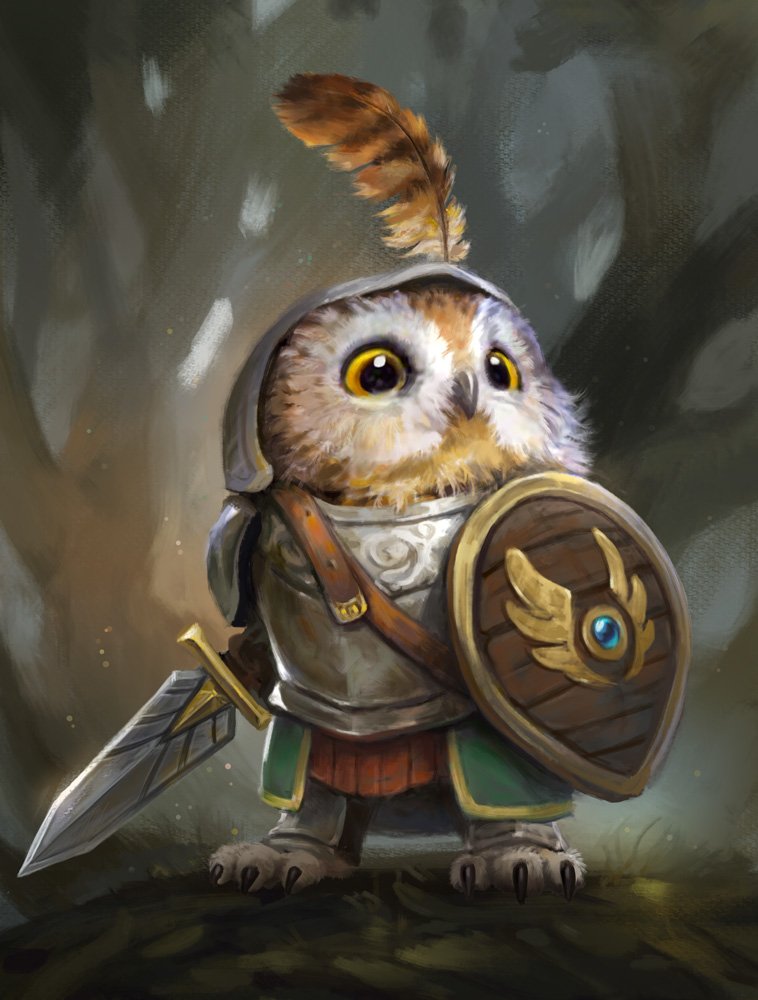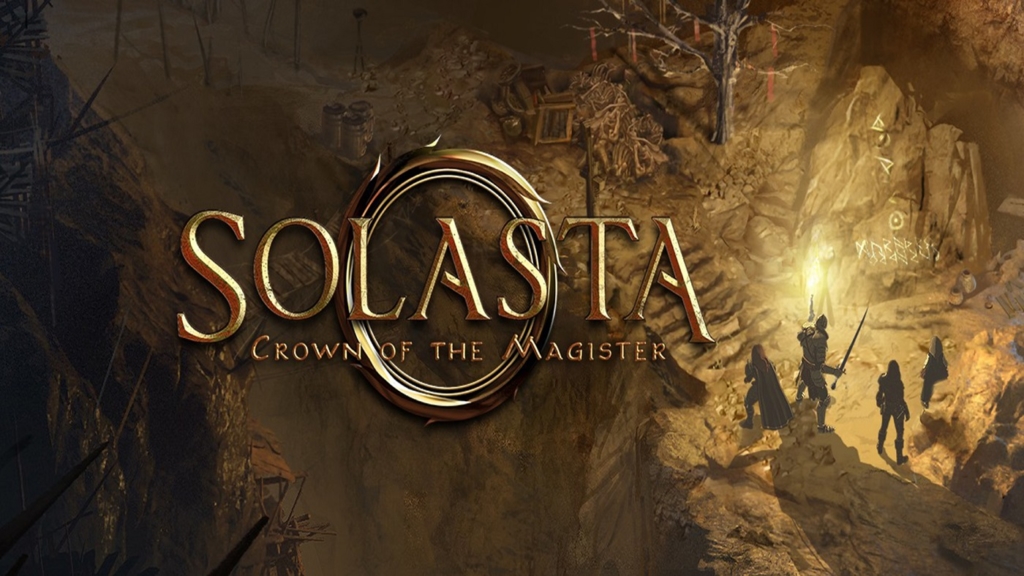D&D: Four New Fey Folk Race Options In Unearthed Arcana
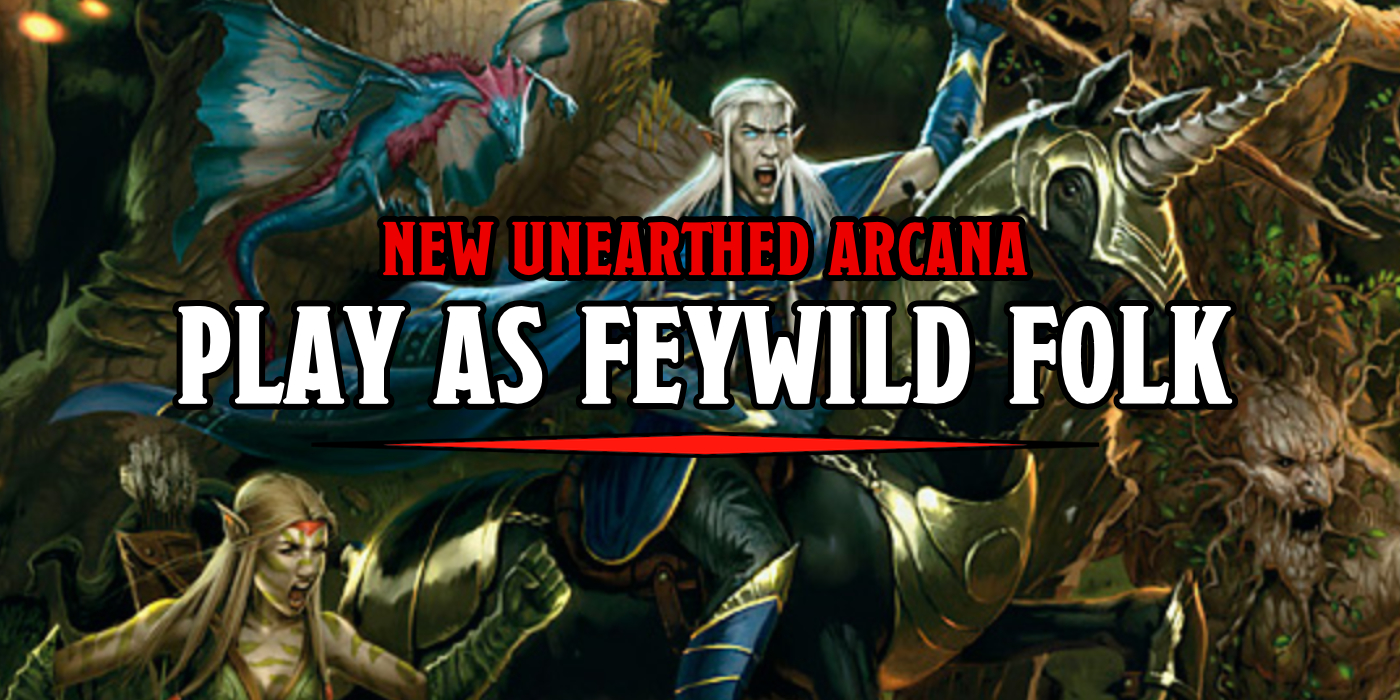

Unearthed Arcana is back with four different ways for players to play folk from the Feywild, take a look at the future of the Feywild right here.
The Feywild is a magical realm of faerie creatures and untamed, wild magic. And now, it’s apparently going to feature in an upcoming book, if past Unearthed Arcanas are anything to go by. The latest UA introduces four new playable race options, though it seems that WotC still hasn’t finalized a language choice, whether it’s lineage, race, or playable folk–whatever they decide, there are four new ones to check out today: fairies, hobgoblins, owlfolk, and rabbitfolk. Let’s check ’em out!
First things first though, a couple of big picture things are outlined in this article that build on previous character creation rules from the Gothic Lineages Unearthed Arcana. A new sidebar outlines the path forward for race options/lineage in Dungeons & Dragons. Namely, whether you’re using one of the custom origins from Tasha’s Cauldron of Everything, whether you’re using one of the new lineages from Ravenloft or playing with some of the Feywild folk introduced in this Unearthed Arcana or just a vanilla dwarf from the PHB for some reason, they’re all intended to be played together.
Let’s take a look at the new player options introduced in this Unearthed Arcana. First up, Fairies.
They are small, and come with a collection of appropriately Fey traits, including small wings or shimmering multicolored skin. But more interestingly, they are not ‘humanoid’ but rather they’re Fey, which means that fairies are immune to spells that only target humanoids like charm or hold person.
Another interesting design point about them is their innate magical abilities, which allow them to cast Druidcraft and Faerie Fire, aren’t tied to a single ability score. Rather, a Fairy can determine whether their spells are cast using wisdom intelligence work charisma. It is a huge step forward for players that want to build spell casters or want to add a little magic to their characters without being tied to an ability score that they might not otherwise use. Will we see more player options that allow for this customization? Sure seems like it.
The other racial features from being a fairy are also quite good, they can fly, which is always a plus, and on top of that, they can squeeze through any opening that is 1″ wide or more. The ultimate in niche abilities, literally.
Next up, hobgoblins. Hobgoblins here present a new spin on the martial conquering hobgoblins from base D&D. Instead, we get some new lore about the origins of hobgoblins: it seems they originally came from the Feywild along with bugbears, as an offshoot of goblins somehow. They are bound to the idea of reciprocity Kummer that is the gift giver and gift receiver are magically linked together by the magical powers of the Fey.
Also, their ears and noses turn blue or red during displays of emotion.
Hobgoblins are adept at helping one another. A feature called Fey gift allows them to take the help action as a bonus action, and starting at the 3rd level, hobgoblins gain the ability to add a magical effect to their help action, which benefits both the target they’re helping and the hobgoblin taking the help action. There are 3 potential effects common granting temporary hit points, increasing your walking speed by 10′, or making your next attack pass on disadvantage to your target.
Then we get to the new to D&D options, because fairies and hobgoblins already exist–just in Monster Manuals. But here we get the first of two new options: Owlfolk.
These are as the name suggests owl people. They have arms and legs and feathers and wings. Their innate tie to the Feywild gives them a number of powers, most notably, they have Magic Sight which is the innate ability to detect magic. Sure, it takes them an hour to cast it ritually, but it’s still always available.
They also have a fly speed of 30 feet, and can make a DC 10 Dex save whenever they’re falling to stop falling and hover in place instead. They’re also proficient in Stealth, which is an interesting move to make, considering that Tasha’s Cauldron did away with racial proficiencies but this seems tied to their feathers?
Similarly, Rabbitfolk, who are bipedal rabbit people, also have some proficiencies tied to “physical realities” like keen senses that give them proficiency with perception. Aside from that, Rabbitfolk are all about speed and luck, they get to add proficiency bonus to initiative rolls, they can use their reaction to add a d4 to the die roll anytime they fail a Dex saving throw (and there’s no limit), and they can add a d12 to their movement once per turn.
It’ll be interesting to see what book these new options appear in. But let us know what you think in the comments!

